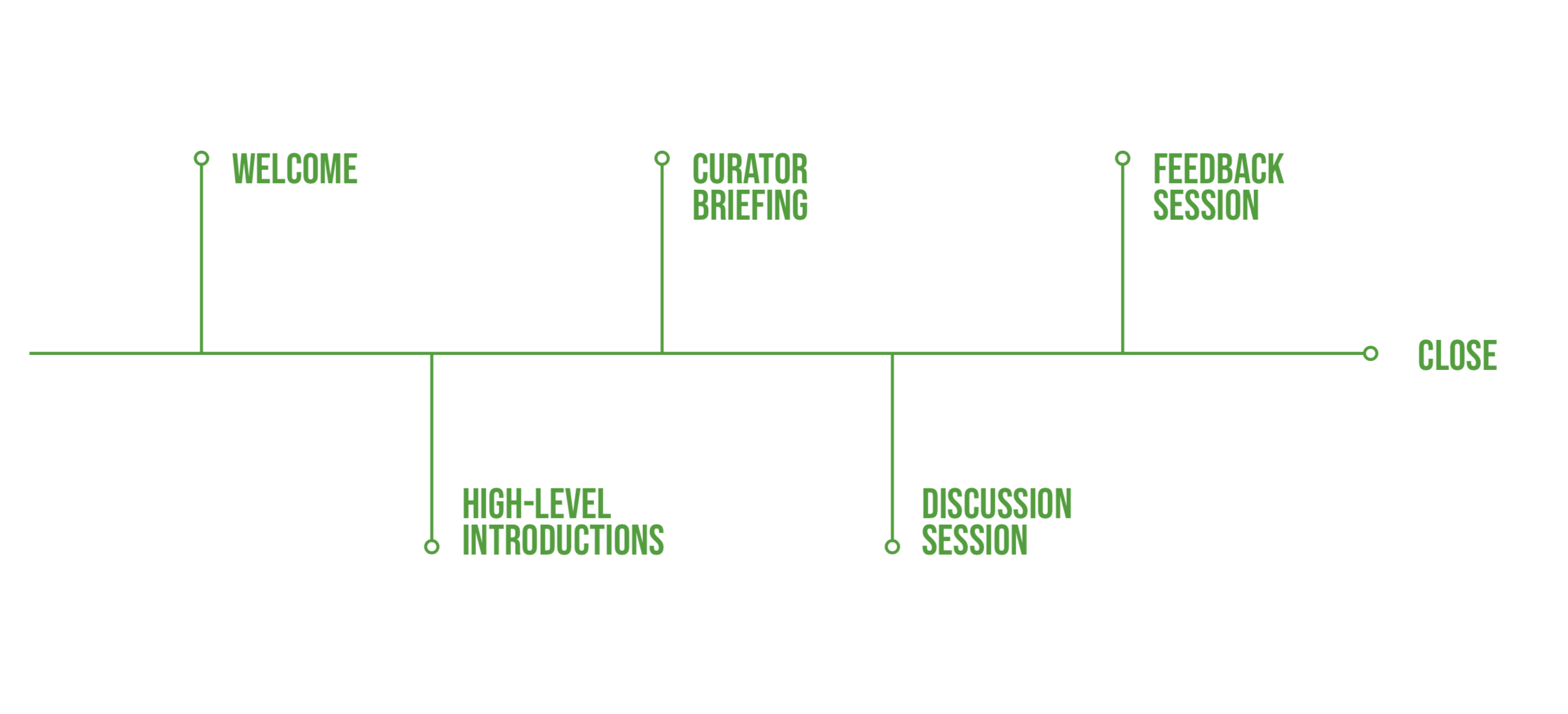What to expect of a Summit Dialogue event
The standardized approach to Food Systems Summit Dialogues enable different stakeholders to come together to consider and discuss their roles in food systems with others. Through a progression of Dialogues, stakeholders are able to agree on how they will work together to create food systems that are both sustainable and equitable, aligned with the Sustainable Development Goals, and suited to the needs of our future world and her people.
Each Dialogue event has:
- A Convenor who is responsible for planning, organizing and executing the Dialogue. The Convenor is ultimately responsible for the final submission of the official Dialogue Feedback form.
- A Curator who presides over the event including welcoming participants, introducing high-level guests and describing the purpose of the Dialogue. The Curator will subsequently summarize the outcomes from the different discussion groups.
- A Facilitator per discussion group ensuring that all participants have an opportunity
to contribute meaningfully and have their perspectives listened to by others.
A Dialogue event features two core elements
- Discussion Session when discussions take place in smaller groups
- Feedback Session by each group Facilitator for all participants
Although there is no optimal size or duration, the objective should always be meaningful exchanges between all participants. In this regard, it is recommended that the Discussion Session is 60 to 90 minutes.

